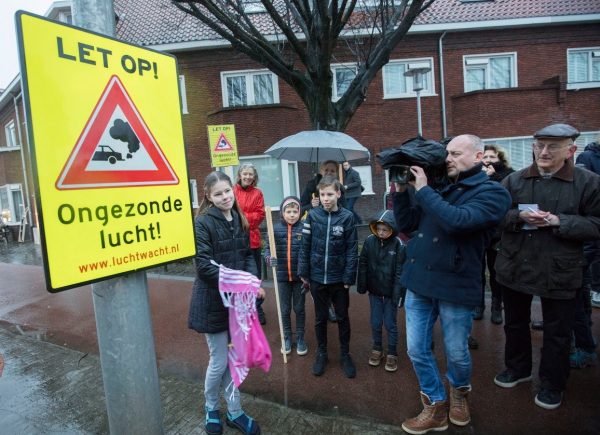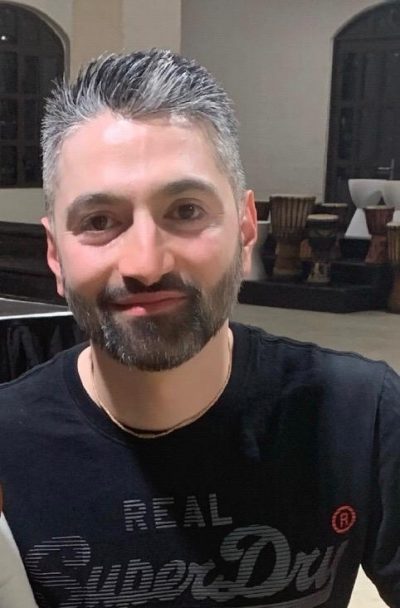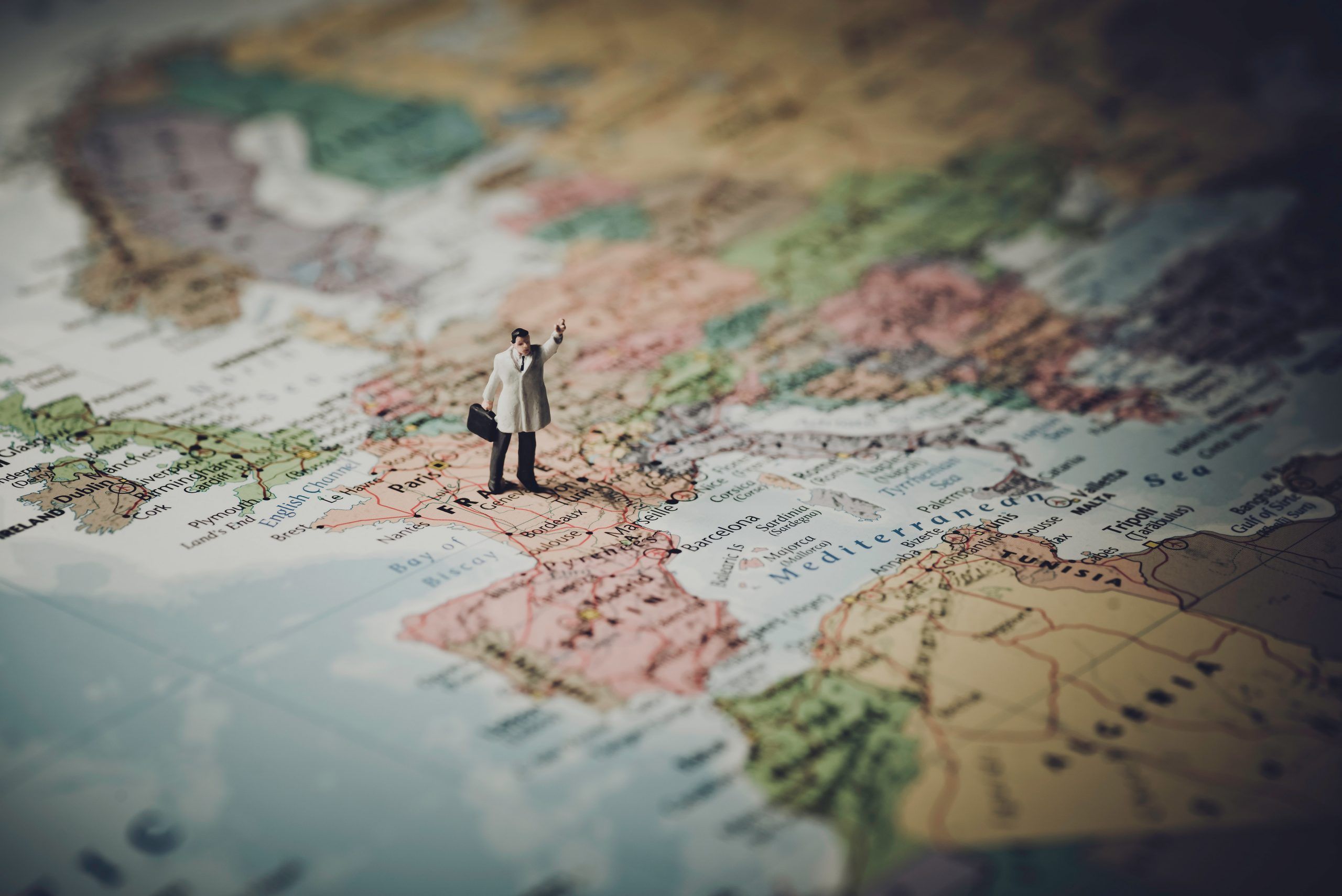The finale of #HackARIADNA took place on 22nd of November, and we had the pleasure of speaking to the two winning teams: Sense4AIR and Hamba. Both teams will be invited to the Y4PT International Hack 2021, that will take place during the UITP Summit in Melbourne!
The Sense4AIR team consists of four specialists that have been working for years on the subject of air quality. From the Netherlands, we have Marco van Nieuwenhoven, John Heesterbeek, Sander Claassen, and from Italy, we have Massimo Santi.

Can you tell us a bit more about Sense4AIR, and how it uses EGNSS technology?
Sense4AIR is an innovative and affordable answer to reduce exposure to air pollution while traveling. We want to utilise a “sea of sensors” by equipping with sensors different means of public transportation, such as busses, e-scooters, and e-bikes. With this, we can constantly measure air- and noise pollution over a wide area.
For our measurements we need accurate location services to distinguish, for instance, among mixed traffic lanes and bicycle tracks. Galileo satellite technology offers the most accurate location, especially in urban environments. To calibrate the sensors with each other, it is crucial to know the exact location of the sensors.
Our application enables you to avoid bad air quality ‘hotspots’ and provides you with a route that is as healthy and comfortable as possible.
Where did you get the idea for Sense4AIR?
The inspiration for the project was a dedicated road sign in the city of Eindhoven, which warns of air pollution. This made us aware there is a community that is interested in having better air quality. The bad quality of air claims millions of lives each year – wouldn’t it be nice to combat this problem?

How did your participation to HackARIADNA advance Sense4AIR?
Participating in the Hackathon enabled us to make a big next step in our Sense4AIR project. Our mentors helped us overcome the challenges we were facing. In Melbourne, we hope to find partners who can help us to realise our ideas on a global scale.
Check out more about Sense4Air on https://www.sense4air.com/
The second winning team, called Hamba, is based in Johannesburg (South Africa). We spoke to Kartik Mistry, the co-founder and CEO of Hamba.

Can you tell us a bit about Hamba and what got the idea started?
Hamba started with the belief that we can change the way we move through a city. The red, the green and the amber lights we have been long accustomed to in traffic lights, should not control the flow of traffic, the traffic should control the lights.
Therefore, Hamba looks at dynamically changing traffic lights, using real-time data from multiple data sources that influences the way we move (vehicle, weather, map, etc.).
This has proven to reduce traffic travel time by 27%, which has a direct result of reducing carbon emission by 26%.
How does Hamba integrate EGNSS technology?
It all begins with data and for us, Galileo (a EGNSS technology) would play a vital role as an independent, reliable, accurate data source which is the backbone of our AI (Artificial Intelligence) technology. It would ensure smart cities around the world can trust and benefit from an impartial, secure global data partner and contribute to a safer, healthier and more sustainable urban ecosystem.

Example of Hamba frontend application made available for cities to manage traffic, public transport priority and policy management
What was your experience participating in the Hackathon?
HackARIADNA was an exciting opportunity to gain exposure to players that are directly involved in the industry, and receive support and feedback for our startup. Developing relationships through HackARIADNA and the participation at the UITP summit has the potential to be a game changer for our emerging business and be a powerful springboard for the technology we have developed.
 This project has received funding from the European Union Agency for the Space Programme (EUSPA) under grant agreement No 870264
This project has received funding from the European Union Agency for the Space Programme (EUSPA) under grant agreement No 870264
